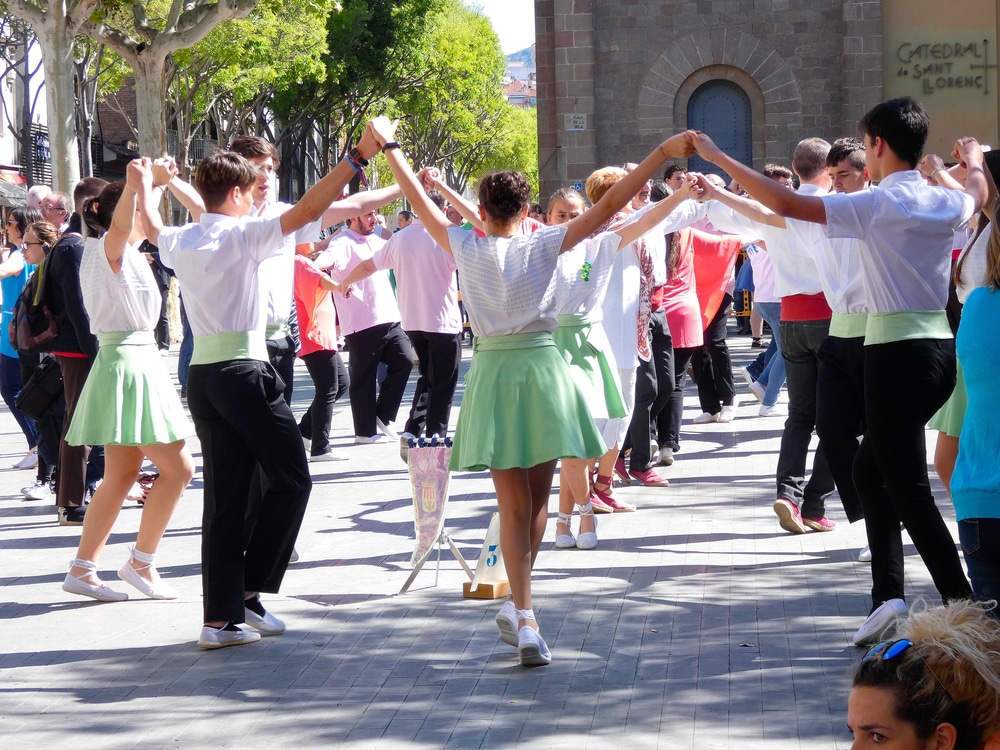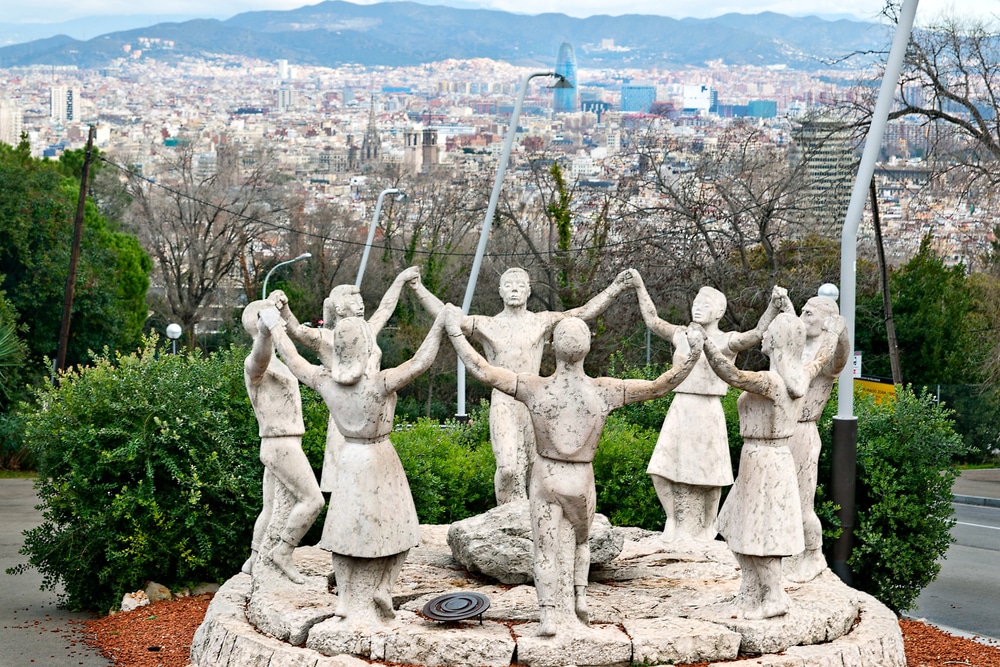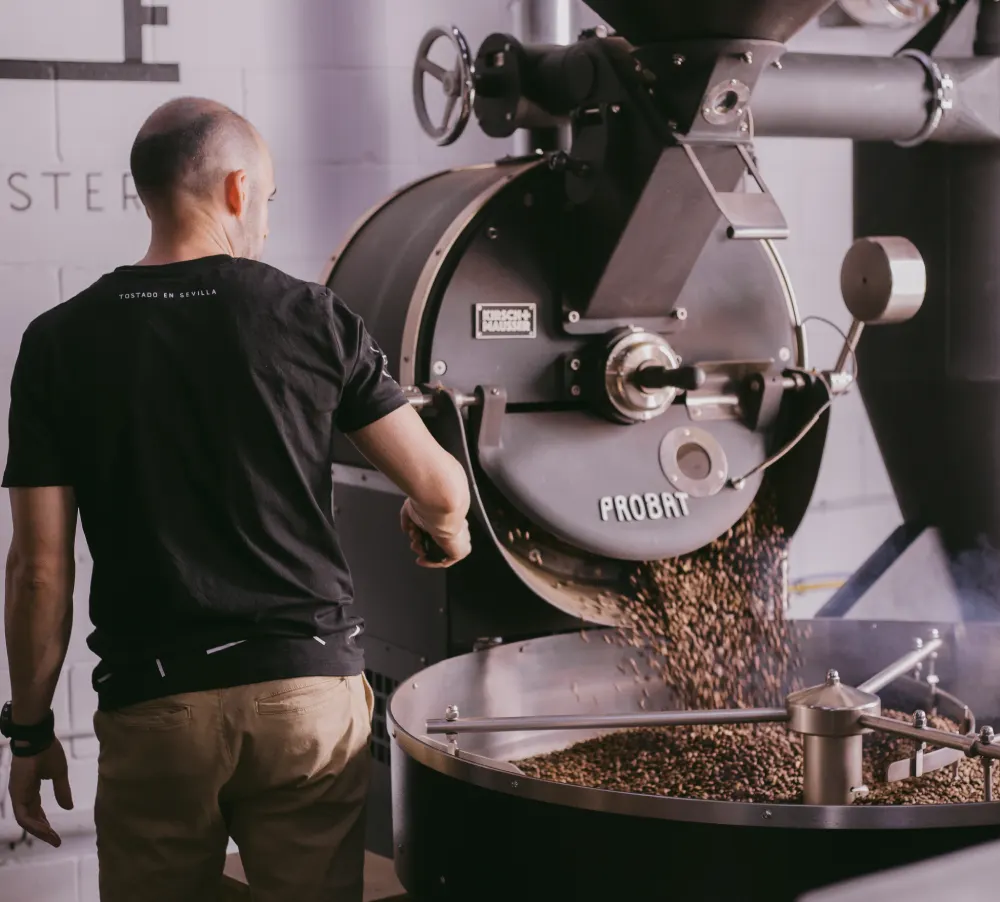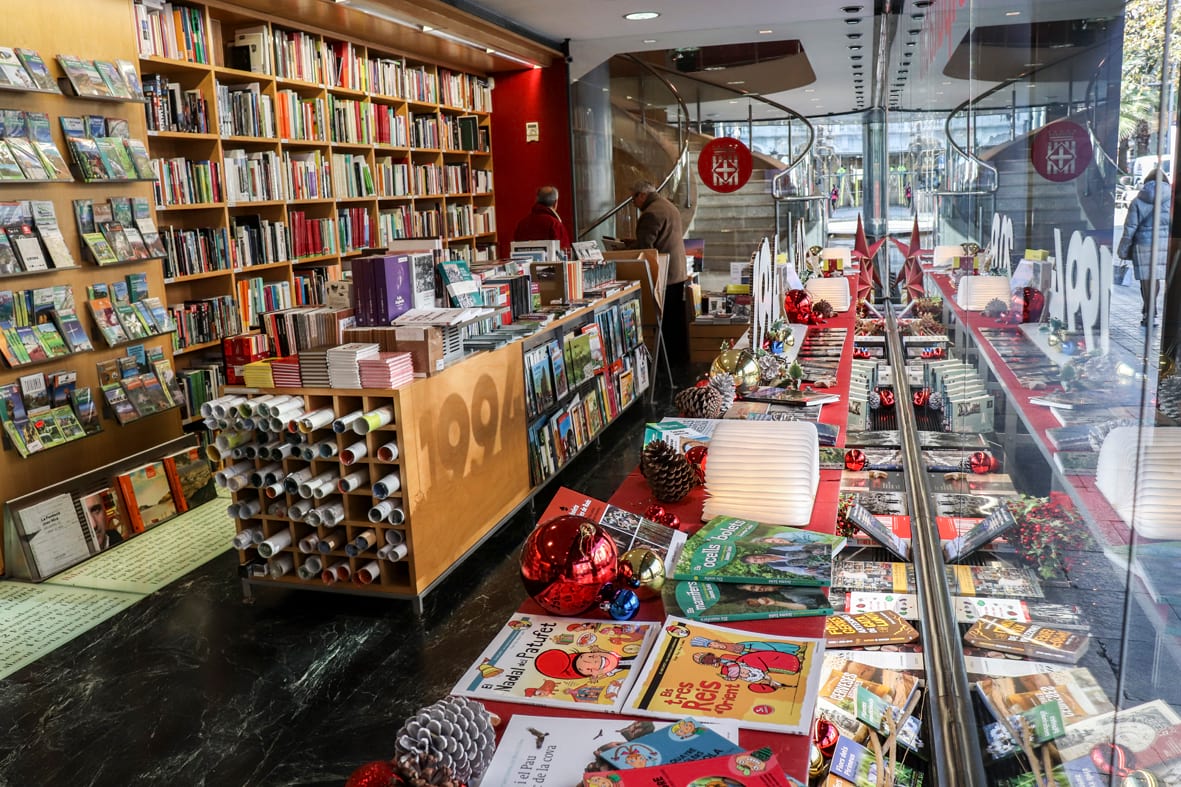In the heart of Catalonia, a traditional dance has endured for centuries as a symbol of unity, resistance and cultural pride: the Sardana. This seemingly simple dance has a cultural and symbolic depth that makes it much more than just a folkloric spectacle. Through its circles, steps and music, the Sardana connects generations and reinforces the community spirit of the Catalan people. In this article, we explore its history, its origins, its political importance and its presence in Catalan festivities.
 Mediterranean roots: the origins of the Sardana
Mediterranean roots: the origins of the Sardana
The Sardana did not come out of nowhere; its history dates back to the ancient civilizations of the Mediterranean. Although there is no exact consensus on its origin, Greek and Anatolian influences are evident in its circular structure and in the movements of its dancers. Some scholars believe that the dance was born as a popular expression among the shepherds and farmers of the Pyrenees, who celebrated the harvests with coordinated steps and joyful music. As Mediterranean societies evolved, the Sardana began to adopt characteristics of Catalan culture. The traditional instruments that accompany the dance, such as the flabiol and the tenora, added a distinctive touch that distanced it from its original roots and turned it into an autochthonous tradition. In the 19th century, the Sardana experienced a cultural renaissance in Catalonia. The bourgeoisie of the Empordà and other northern regions popularized it, elevating it to a more formal artistic expression. This boom marked the beginning of its consolidation as a Catalan cultural symbol, uniting people from different social classes in the same dance circle.
 The Sardana as a symbol of political resistance
The Sardana as a symbol of political resistance
Beyond its cultural value, the Sardana has played a crucial role in the political history of Catalonia. During Franco’s dictatorship, many manifestations of Catalan identity were censored, including the Sardana. However, instead of disappearing, this dance became an act of clandestine resistance. Catalans continued to dance it in secret, defying the restrictions imposed by the regime. In each circle of dancers, a clear message was expressed: culture and identity could not be silenced. This peaceful resistance was key to keeping the tradition alive and strengthening the sense of belonging among Catalans. With the arrival of democracy, the Sardana recovered its place in public life. It became an emblem of unity and freedom, being performed not only in festivals and cultural events, but also in political demonstrations. Even today, the dance continues to be used as a symbol of identity and solidarity in acts of protest.
Music that brings dance to life
The Sardana would not be what it is without the music that accompanies it. The cobla, a traditional Catalan group composed of ten musicians, is in charge of creating the sound environment that guides the steps of the dancers. Their instruments include the flabiol, tamborí, tenora and contrabass, among others, generating a unique and characteristic melody. The rhythm of the Sardana follows a 2/4 time signature, and its interpretation begins with a soft melody that gains intensity. This crescendo allows the dancers to coordinate their movements and adapt to the increasing rhythm of the music. Each step is designed to synchronize with the other dancers, creating a harmonious and fluid image. In recent years, some modern versions of the Sardana music have incorporated contemporary elements, such as electronic arrangements. These innovations seek to attract a younger audience, without losing the traditional essence that characterizes this dance.
Admire the Barcelona of the 30’s in the photographic exhibition of Gabriel Casas Galobardes.
Presence in the festivities and celebrations of Catalonia
The Sardana is a fundamental element in Catalan festivities. From La Mercè in Barcelona to the Festa Major de Gràcia, this dance brings together locals and tourists in squares and streets, forming circles that celebrate culture and unity. An emblematic setting is the steps of Barcelona Cathedral, where, every Sunday, the Sardana comes to life. To the rhythm of the cobla, men, women and children come together in a circle, creating a spectacle that combines tradition and community. In festivities such as the Diada de Sant Jordi or the Festa Major de Sants, the Sardana reinforces its role as a cultural symbol. Its presence not only embellishes the events, but also reminds everyone present of the value of shared traditions.
 The symbolism of the Sardana
The symbolism of the Sardana
Beyond the steps and the music, the Sardana is a deeply symbolic act. In an often divided world, this dance stands out for its ability to bring people together. By holding hands and dancing to the same rhythm, participants convey a message of equality and solidarity. The circle formed by the dancers represents the community, where each individual is equally important. The Sardana does not discriminate by age, gender or social class, which reinforces its inclusive and democratic nature. It is a visual and emotional reminder that unity is strength, a message that resonates especially in Catalonia.
The Sardana in the XXI century
Today, the Sardana remains a vibrant and relevant tradition. Although it has evolved over time, its essence remains intact. In a globalized world, where traditions are often diluted, the Sardana remains a bastion of Catalan identity. In addition, cultural and educational initiatives have promoted its teaching in schools and cultural centers, ensuring that new generations know and value this tradition. The Sardana is not only a legacy of the past; it is also a bridge to the future, a symbol that culture can adapt without losing its essence.
A cultural treasure that transcends time
The Sardana is not just a dance; it is a reflection of the history, identity and values of the Catalan people. Its steps narrate centuries of resistance, pride and community. Its music and symbolism make it a unique tradition, capable of moving both locals and visitors. Today, more than ever, the Sardana remains a reminder that cultural roots are essential to understanding who we are. As long as circles of dancers continue to form, the Sardana will continue to inspire and unite generations.


 Mediterranean roots: the origins of the Sardana
Mediterranean roots: the origins of the Sardana The Sardana as a symbol of political resistance
The Sardana as a symbol of political resistance The symbolism of the Sardana
The symbolism of the Sardana
